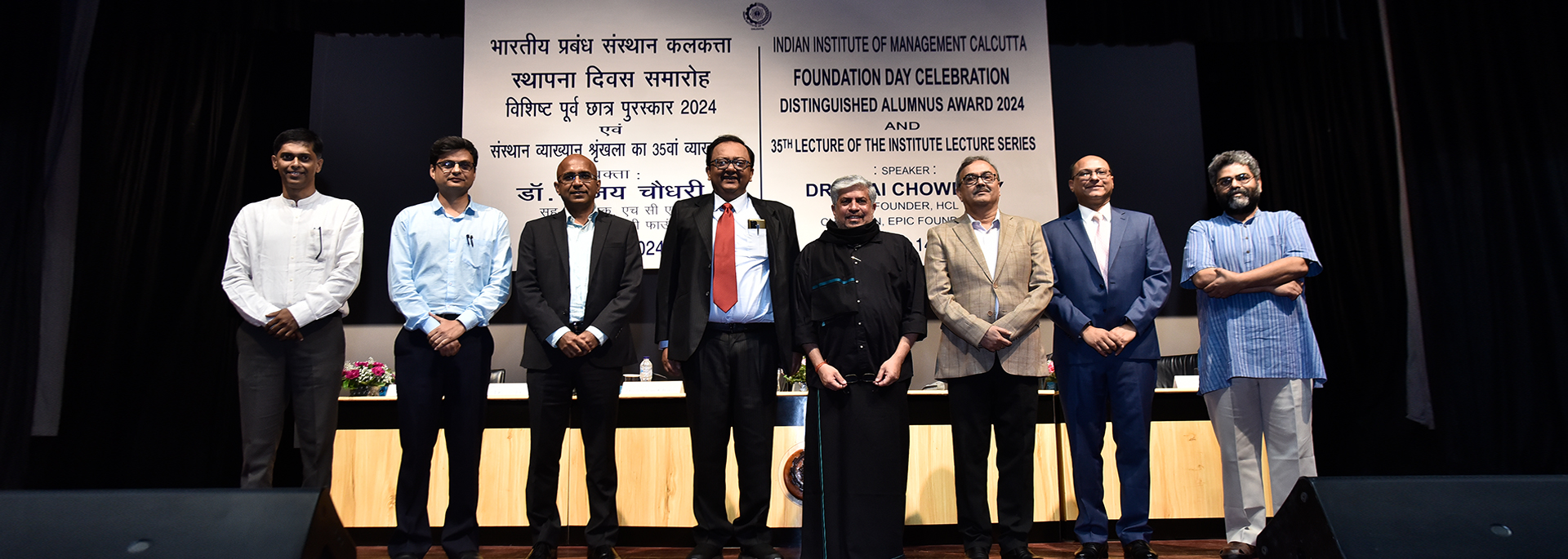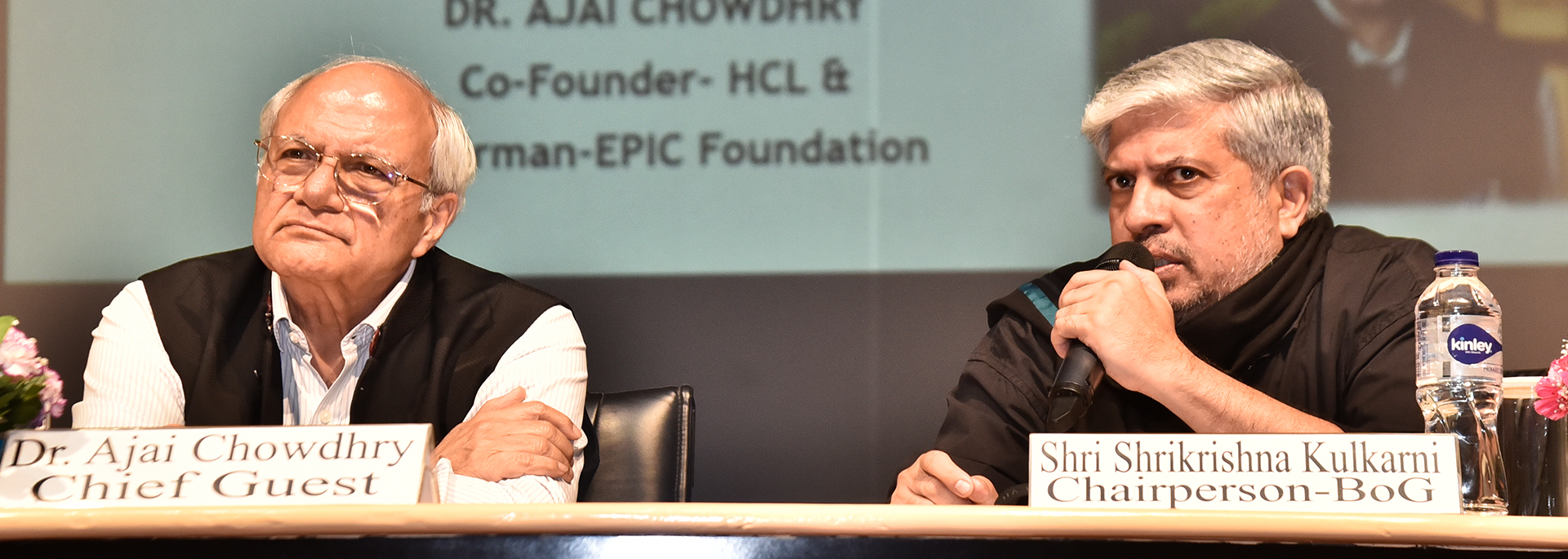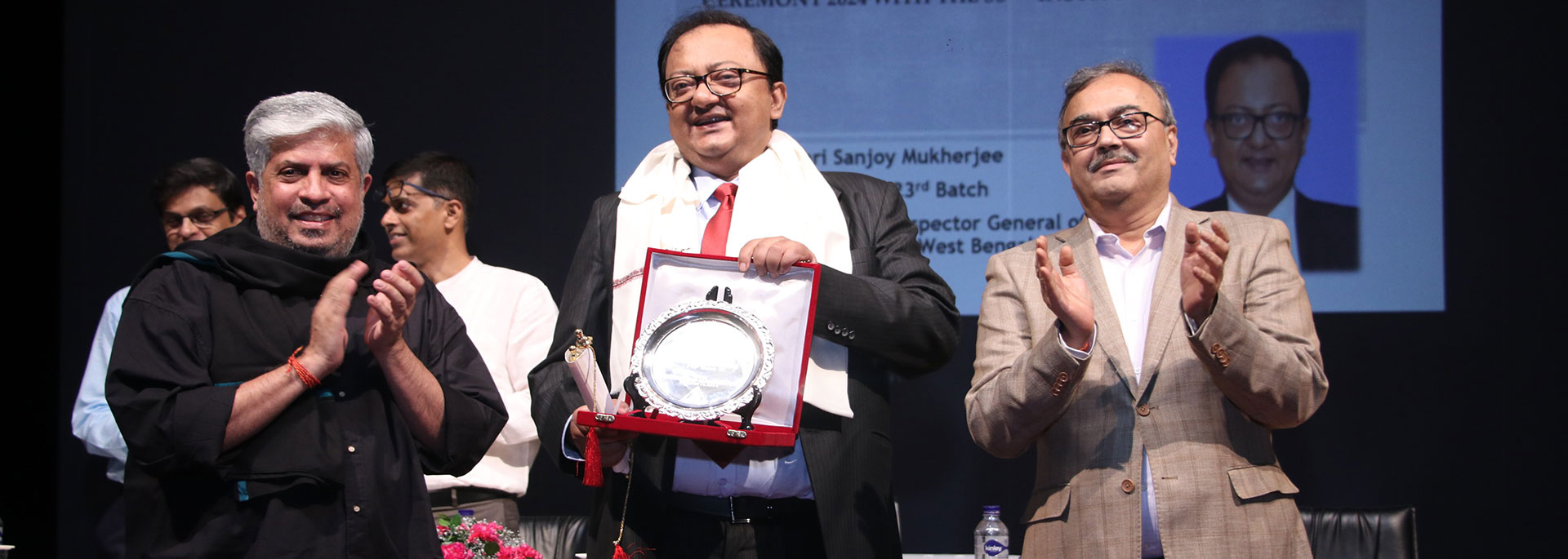In his Budget last year, Union finance minister Arun Jaitley had flagged “undertaking important banking sector reforms and public listing of general insurance companies” as an area where significant reforms need to be undertaken. Since he has already announced possible disinvestment plans for the insurance companies as we wait expectantly for another Budget on Wednesday, it may be worthwhile to focus on the possible areas that need attention in the banking sector.
Of late, there have been some seesaw movements in the banking sector and it has been appearing in the headlines for the wrong reasons. First, according to the ‘Report on Trend and Progress of Banking in India 2015-16‘ released by the Reserve Bank of India (RBI) in December 2016, the consolidated balance sheets of the banking sector grew at a meagre pace of 7.7 per cent during 2015-16. There have been decelerations in growth in loans and advances as well as in deposits of public sector banks (PSBs).
Second, the RBI’s ‘Financial Stability Report December 2016‘ has pointed out that there has been a significant deterioration of asset quality of PSBs with their gross non-performing advances going up substantially to 11.8 per cent (of total advances).
This pushed up the stressed advances — that is, gross non-performing advances plus restructured standard advances — to 15.8 per cent of total advances in September 2016. This is alarming.
Third, the banking sector in general, and PSBs in particular, have been at the receiving end of various brickbats ever since the initiation of the demonetisation process last November.
This is despite their wholehearted professional support to implement the demonetisation programme.
Flurry of Bad News
Finally, the recent episode of the arrest of former IDBI Bank chairman Yogesh Aggarwal by the Central Bureau of Investigation (CBI) in connection with the loan default of Vijay Mallya has attracted huge negative publicity. Faced with all such adverse developments, the morale of bankers is, perhaps, at an all-time low.
Interestingly, with demonetisation, as the trends in deposit growth have changed drastically, the banking sector is currently facing a problem of plenty. Illustratively, between October 28, 2016 and January 6, 2017, bank deposits have increased by Rs 6.7 trillion — the comparable increase between April 1, 2016 and October 28, 2016 was a meagre Rs 217 billion. Since bank credit has not increased commensurately, the lion’s share in deposits has gone in the banks’ investment portfolio.
Even if in the days to come a large portion of such deposits is withdrawn, deposits growth during 2016-17, in all likelihood, is expected to be much higher than last year’s.
In the face of all these adverse developments, the propensity of bankers to extend a loan is going to be low and an average banker may feel far safer to put the deposits growth to excess SLR (statutory liquidity ratio) investments. Such a phenomenon is known as ‘narrow banking’.
Three MIT economists, Abhijit Banerjee, Shawn Cole and Esther Duflo, in their paper ‘Bank Financing in India’ (goo.gl/7CCN3G) — part of the anthology edited by Wanda Tseng and David Cowen, India’s and China’s Recent Experience with Reform and Growth — have warned that faced with the possibility of being prosecuted by the vigilance wing for any credit disbursal going bad, an Indian banker may choose the easy life of putting most of the deposits to investment portfolio. That is indeed bad news for corporate India.
Kickstarting the Cycle
In such a situation, the Budget needs to seriously think of measures to kickstart the credit cycles, improve the asset quality and boost bankers’ morale. Several measures may be thought of. First, bank capital may be substantially augmented.
Second, as most of traditional measures such as debt recovery tribunals tackling the menace of accumulation of non-performing assets (NPAs) since 2009 have turned out to be of limited effectiveness, perhaps it is time to think outside the box and propose something like a Grand Bad Bank.
Third, the already functioning Bank Board Bureau needs to gain some more traction to effectively professionalise bank boards and to minimise political interferences so that bankers’ morale gets a boost.
Fourth, the PJ Nayak Committee in 2014 had recommended that the government set up a Bank Investment Company (BIC) to hold equity stakes in banks that are at present held by the government and that the BIC should be incorporated under the Companies Act. Perhaps, it is time to take such ownership structure for PSBs seriously.
During the period 2000-2009, there had been a great degree of convergence between various performance indicators of PSBs and private sector banks in India.
Ever since the beginning of the global financial crisis, regulatory forbearance with regard to NPAs, global adverse price cycles of select commodities like steel, over-exuberance relating to infrastructure (under public-private-partnerships) and governance issues in select PSBs, have reversed such converging trends.
Since any deterioration of PSBs becomes ultimately costly to all the related parties — the exchequer, India Inc and average households — the time has come to take banking seriously. Let this Budget make the necessary beginning.









